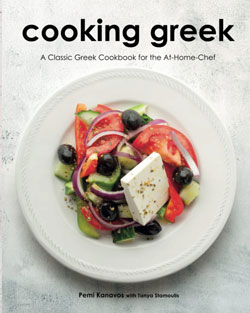voula_slat
Active member
I have been reading about some traditional recipes that involve clay pots. I noticed that this is fairly common throughout Greece, but it isn't common necessarily with the Greek diaspora in places like United States, Canada, and Australia. What happened when the people moved to those places? Did they adapt the recipes or keeping using these methods and I just don't realize it? My family must have adapted because no one uses clay pots anymore.
I am trying to figure out how to get started with this cooking method while not in Greece. I am honestly not even sure where to start.
I am trying to figure out how to get started with this cooking method while not in Greece. I am honestly not even sure where to start.


